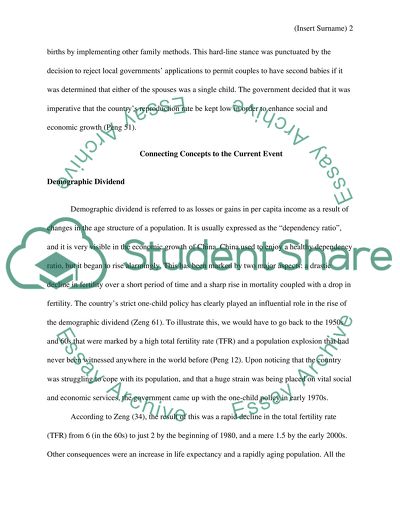Cite this document
(“Public Health: Family Planning Policy in China to focus on Quality of Essay”, n.d.)
Retrieved from https://studentshare.org/health-sciences-medicine/1458792-public-health-family-planning-policy-in-china-to-focus-on-quality-of-life
Retrieved from https://studentshare.org/health-sciences-medicine/1458792-public-health-family-planning-policy-in-china-to-focus-on-quality-of-life
(Public Health: Family Planning Policy in China to Focus on Quality of Essay)
https://studentshare.org/health-sciences-medicine/1458792-public-health-family-planning-policy-in-china-to-focus-on-quality-of-life.
https://studentshare.org/health-sciences-medicine/1458792-public-health-family-planning-policy-in-china-to-focus-on-quality-of-life.
“Public Health: Family Planning Policy in China to Focus on Quality of Essay”, n.d. https://studentshare.org/health-sciences-medicine/1458792-public-health-family-planning-policy-in-china-to-focus-on-quality-of-life.


